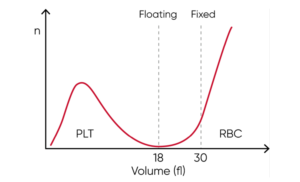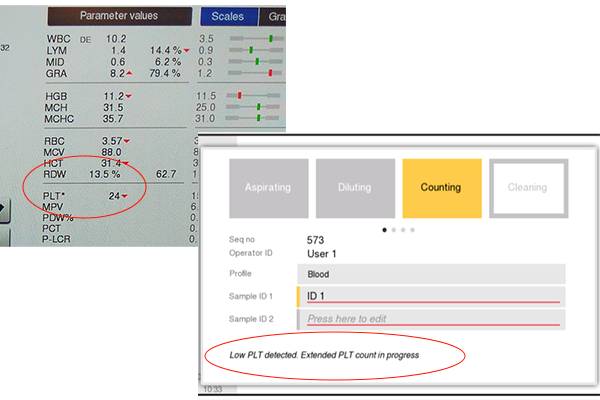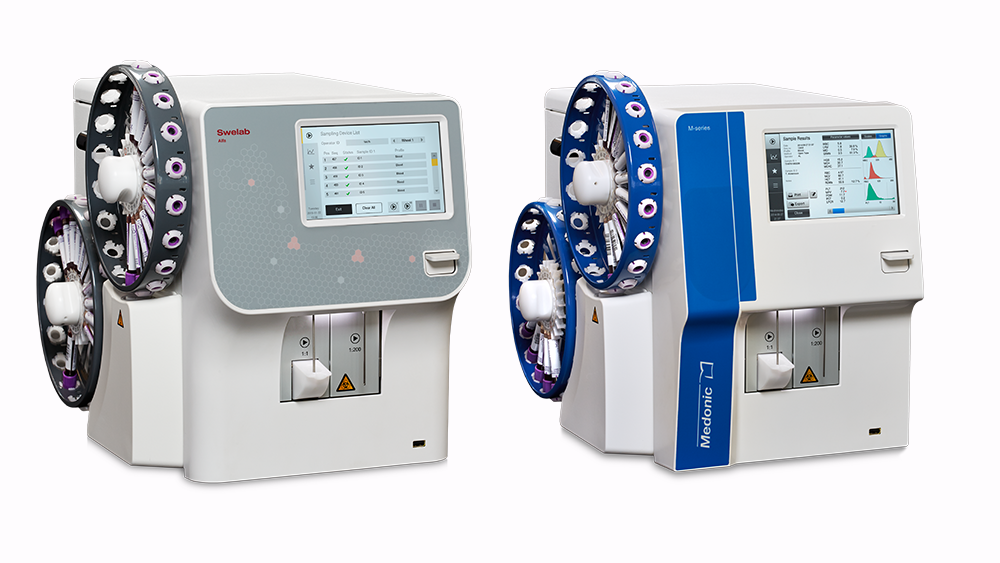Boule hematology analyzers use a floating discriminator algorithm to distinguish between PLTs and RBCs, instead of a fixed discriminator, to ensure a reliable PLT count between PLT and RBC to count PLT as close as accurate by preventing microcytic RBCs to falsely be counted as PLTs.

Fig.2 Floating discriminator technique prevents microcytic RBCs to be falsely counted as PLTs and elevated PLTs to interfere with the RBC count

Fig 3. Extended PLT count is automatically triggered (if enabled) when PLT count is less than 50 × 109/L and RBC count is more than 0.5 × 1012/L
Conclusion:
Boule analyzers incorporate two crucial features, Extended PLT count and Floating discriminator, to provide physicians with the most precise and dependable PLT count sample for accurate diagnosis and treatment of fever-related illnesses such as dengue fever.
Moreover, these analyzers come equipped with a micro-pipette adapter (MPA) inlet to facilitate the analysis of capillary samples (20 μL). In just one minute, the analyzers can generate reports for 22 parameters from a fingerstick sample. Collecting capillary blood is often simpler than venous blood, and fingerstick sampling can be more comfortable for the patient.

Learn more about Complete blood count and its utility in fever investigations